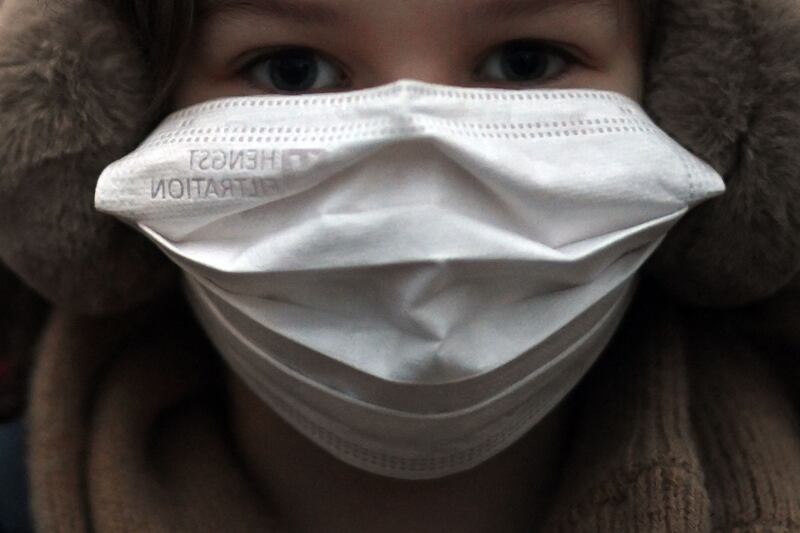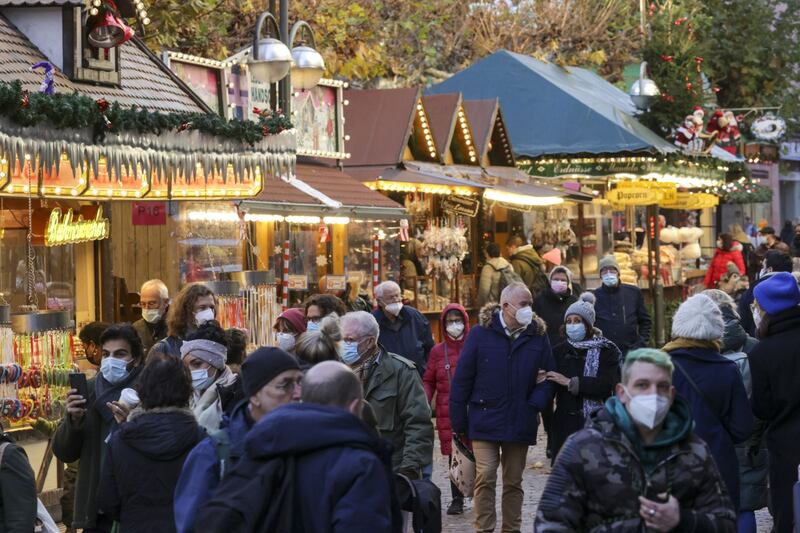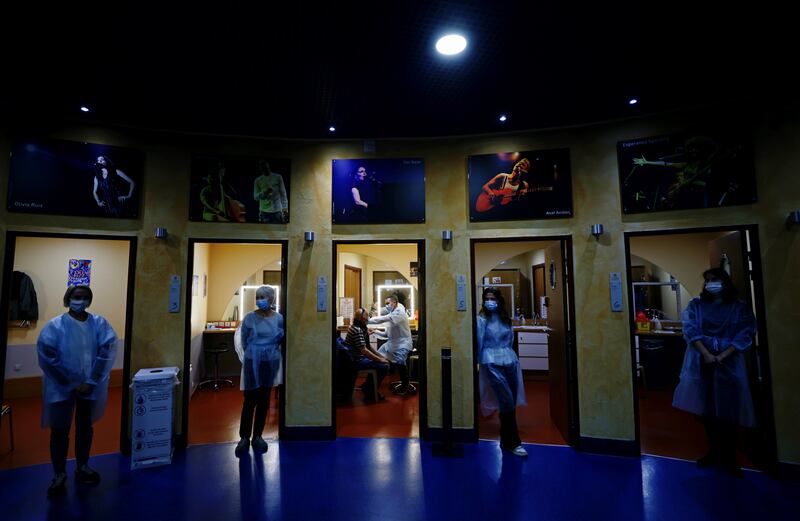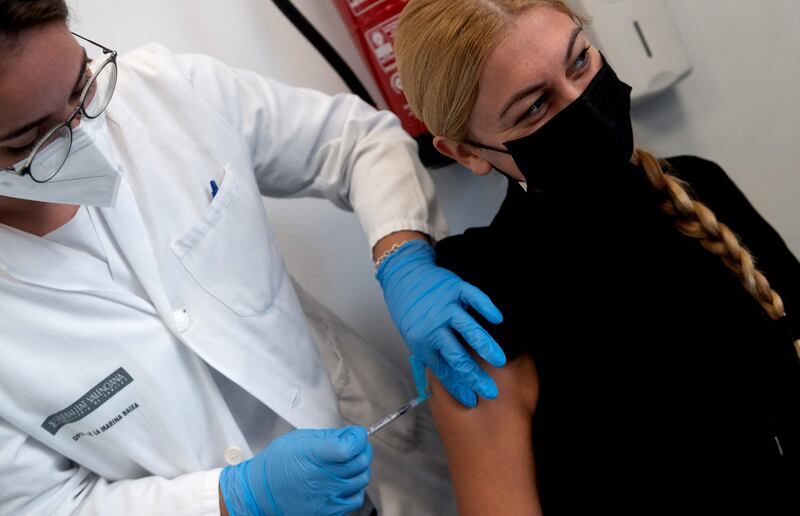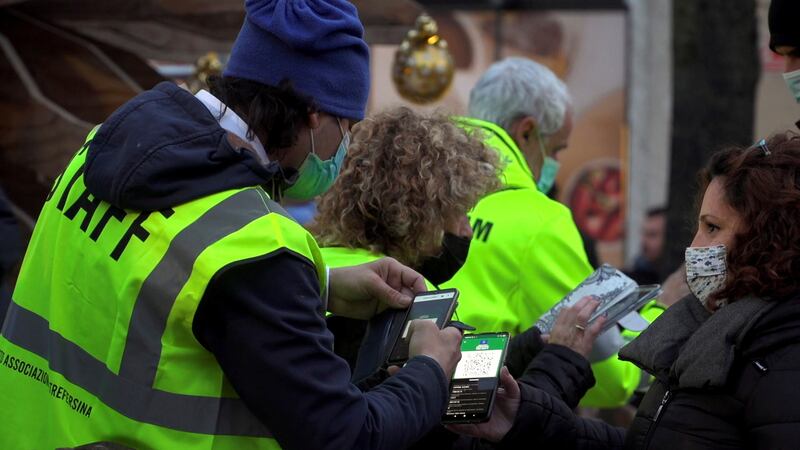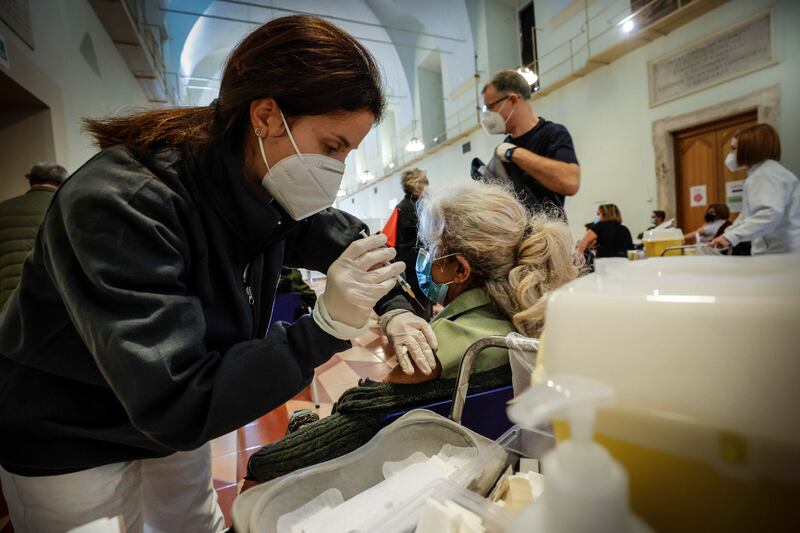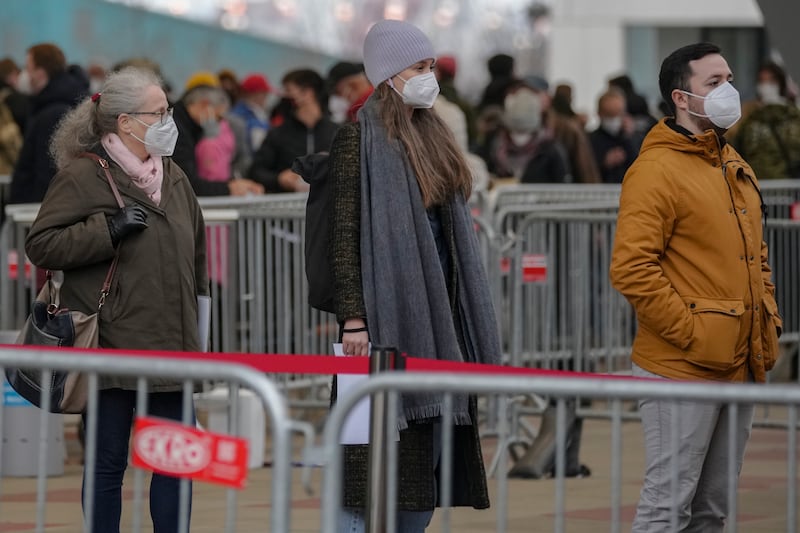I was just a tad surprised when I heard Pascal Soriot, chief executive of AstraZeneca, suggesting on Tuesday that the problem of the escalating coronavirus cases in mainland Europe was down to the fact that they chose the wrong vaccine to protect their elderly.
Soriot's claim was simple. By focusing on mRNA vaccines and the antibody argument, EU countries had overlooked the greater and longer-lasting protection of T-cells; something he suggested that Oxford-AstraZeneca’s Chimpanzee Adenovirus (ChAd) vaccine was superior at delivering.
It reminded me of the early days of my own scientific career, when HIV vaccine researchers could be split into two clear camps: strong supporters for T-cell protection and those for whom antibodies were everything.
But does the science support such a bold assertion – are there fundamental differences between the immunity generated by mRNA and ChAd Covid-19 vaccines?
First, let’s dismiss one myth. That waning antibody levels mean that people have lost their antibody protection. We know that memory cells lurk within, ready to spring into action and produce copious quantities of antibody if ever they meet the virus again.
So what differences between the vaccines have been identified, especially when given to older people?
One relatively small study showed that shortly after administration of the second vaccine dose, antibody levels were greater in those receiving the Pfizer-BioNTech mRNA vaccine compared with the AZ vaccine. However, higher T-cell levels were detected in those receiving the AZ vaccine.
Both vaccines can generate T-cells and both generate antibodies. The question is, are the variations in the amount of each significant?
The first thing to consider is the type and level of immunity needed to prevent infection and, crucially, severe Covid-19. In the trade, we call these correlates of protection.
Both antibodies and T-cells are important
We know that antibodies are important in preventing initial infection of cells. However, T-cells are important, too. Some boost overall immunity, while others directly kill virus-infected cells.
We suspect that our best vaccines, like MMR, generate both types of immunity but the optimal balance of antibodies and T-cells is unknown.
Assessing how able vaccines are at preventing severe disease is an effective way to measure the overall performance of the technology.
Analyses reported by the Office for National Statistics estimated that the Pfizer and AZ vaccines gave 96 per cent and 92 per cent protection against hospital admission, respectively, with Pfizer deemed better at preventing infection and mild symptomatic disease.
Clearly, a difference in T-cell number or potential durability does not impart the AZ vaccine with noticeable superiority within the UK, where both vaccines have been widely used.
And not all EU countries have relied exclusively on mRNA vaccines. The European Medicines Agency says around half of the EU member states have adopted a “mix and match” immunisation strategy, in which a different vaccine type can be used for the second dose.
Studies, including the Com-CoV trial, have shown that a second dose using an mRNA vaccine after an initial dose of AZ gives superior levels of T-cells than when using either vaccine alone.
The availability of different vaccine schedules – ChAd and mRNA used in various combinations – throughout many parts of Europe means it is difficult to make a strong link between rising cases and hospital admissions with exclusive use of one vaccine type.
So what might be at play – why are UK cases relatively stable and those in many parts of mainland Europe on a steep rise?
Certainly, vaccine uptake is relatively low, especially in many Eastern European countries. This allows the virus to spread. It also means that infections often result in serious disease and death. Overcoming vaccine hesitancy, especially in vulnerable groups, is a major challenge.
Vaccination rates in many EU countries, such as Germany for example, are comparable to those in the UK. Both have high levels in older vulnerable people, although hotspots of low vaccine uptake persist in some communities.
The most notable difference between the UK and Western European countries experiencing increasing levels of coronavirus infection was the baseline number of infections.
When the UK relaxed restrictions before summer, cases started to climb and have stayed relatively constant since. In summer, the virus was mainly circulating in younger, unvaccinated adults.
In the autumn, when schools returned, the virus started spreading more widely in children. Being less vulnerable, these high case numbers did not translate into hospital admissions, especially as most of the older, more vulnerable population were benefiting from the protection offered from their vaccinations. Infections in the younger people gave them immunity, too.
More than 90 per cent of the UK population have some Covid-19 immunity – gained through natural infection or vaccination.
In other European countries, virus levels were suppressed more. Therefore, these countries relied more heavily on vaccination to provide immunity.
Respiratory viruses, like the coronavirus, thrive in winter so as the colder, darker months approached it was going to be more difficult for a population with lower levels of immunity to keep case numbers down. That’s probably why numbers are starting to surge from a relatively low baseline level.
That’s not to say that the UK is out of the woods.
UK Prime Minister says Covid 'storm clouds' are gathering over Europe
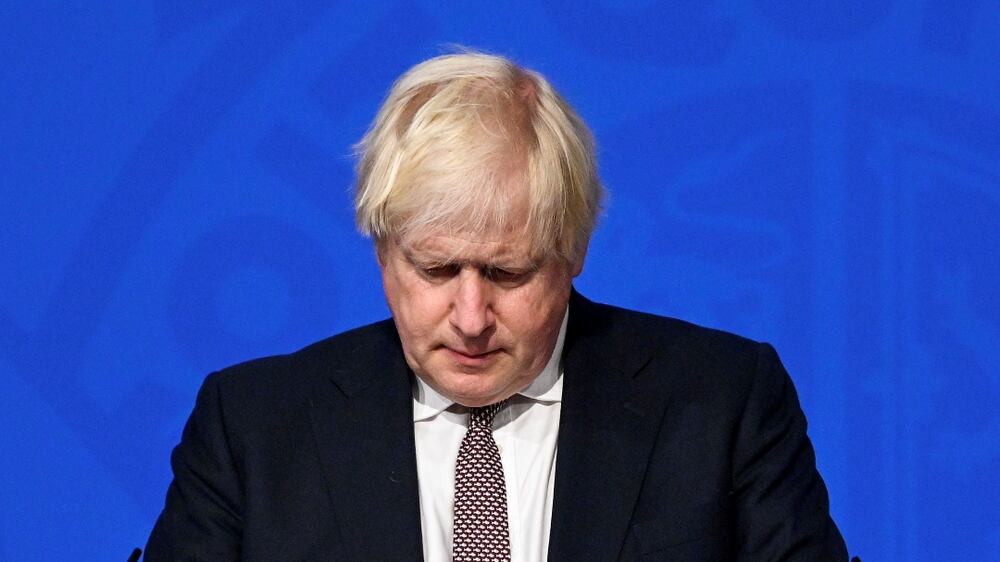
We need to continue to be vigilant and immunise those who have not yet done so, even if they have been infected before.
Just like the fuel in your tank, immunity doesn’t last forever. You have to top it up. And that’s why the booster programme is so important.
Israel was one of the first countries to introduce booster shots, and the impact on reducing infections and serious disease was clear. Infections and cases of serious disease fell by more than 90 per cent and 95 per cent, respectively.
I think it was premature of the AstraZeneca chief executive to claim that his company’s vaccine was underpinning UK resilience to the worst effects of Covid-19.
I would argue that this is being done by immunity more generally, from different vaccines and also natural infection. And we need to keep that immunity high to reduce the spread and the effects of this new coronavirus.
Professor Jonathan Ball is professor of molecular virology and director of the Centre for Global Virus Research at the University of Nottingham, England.


